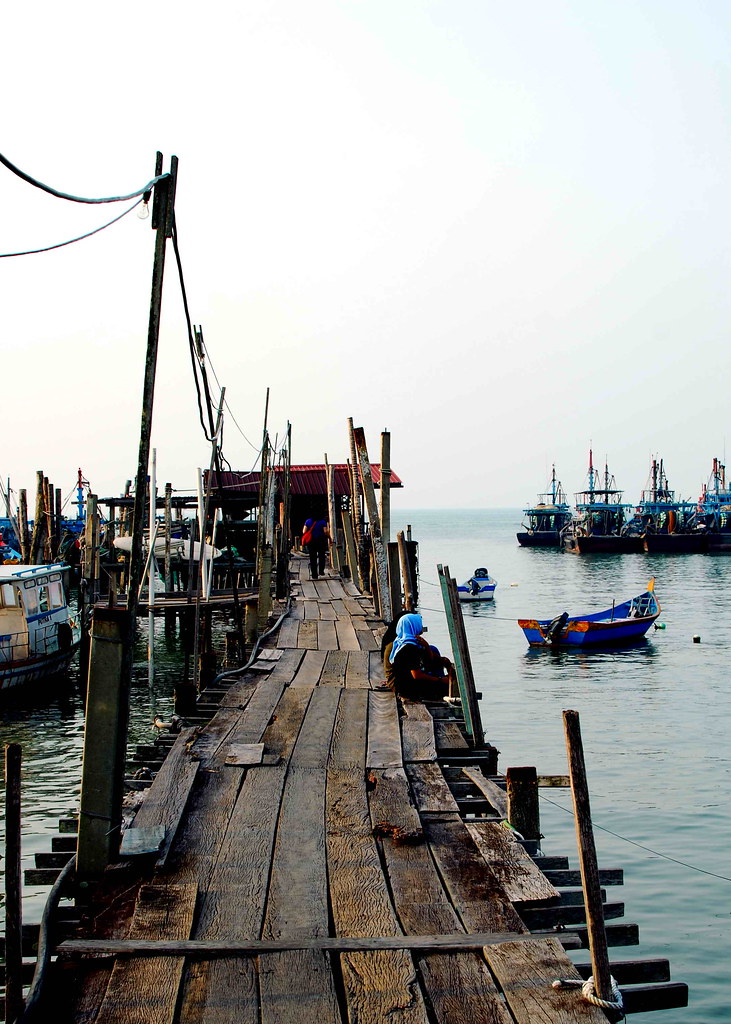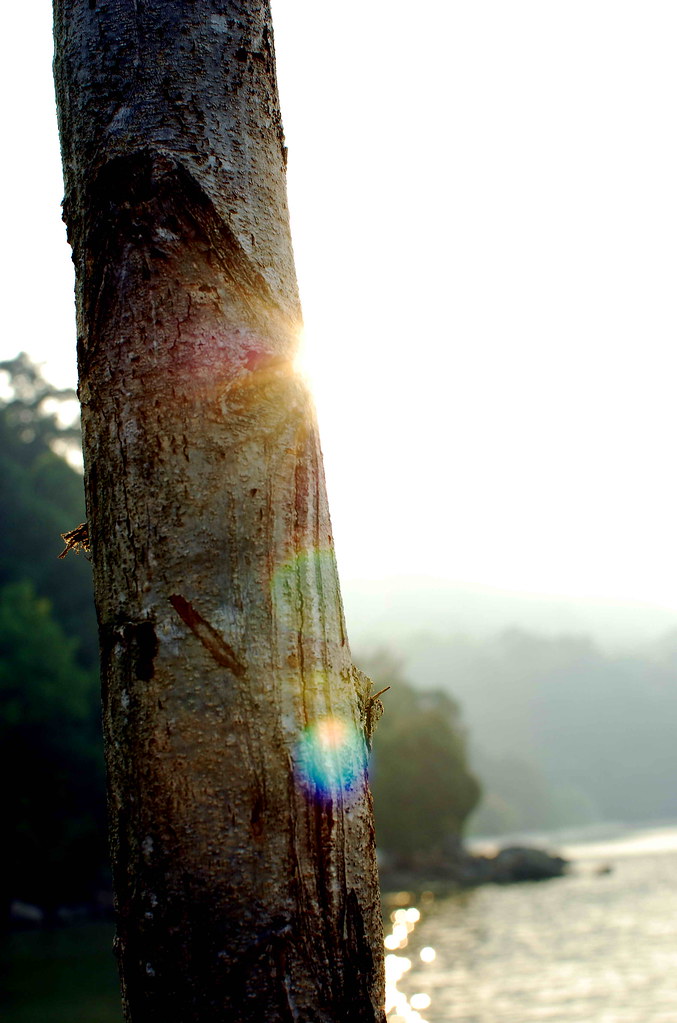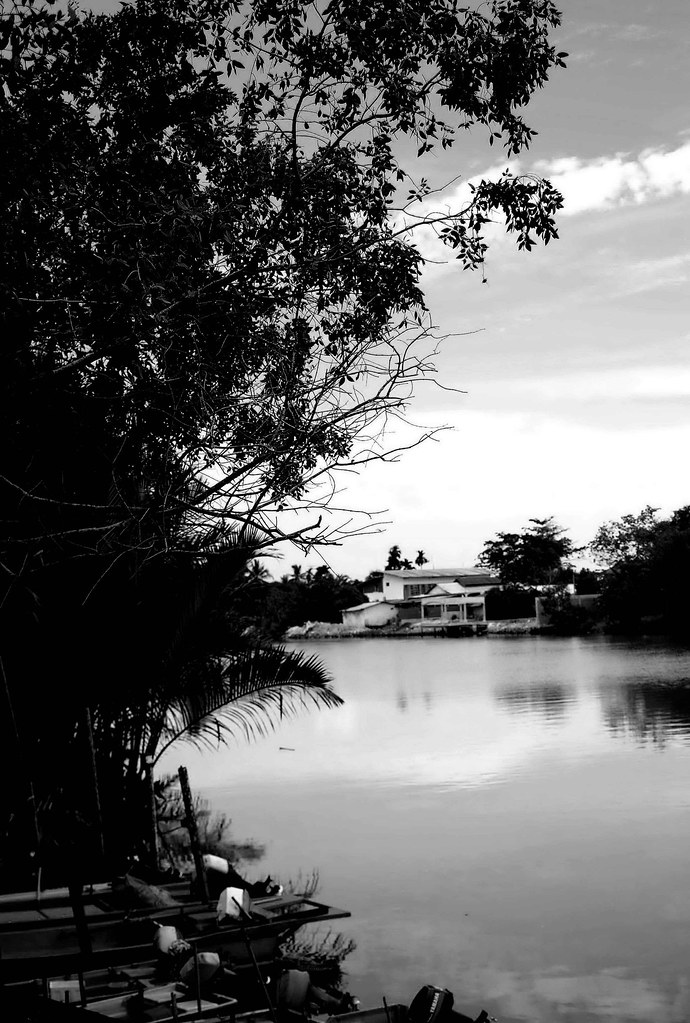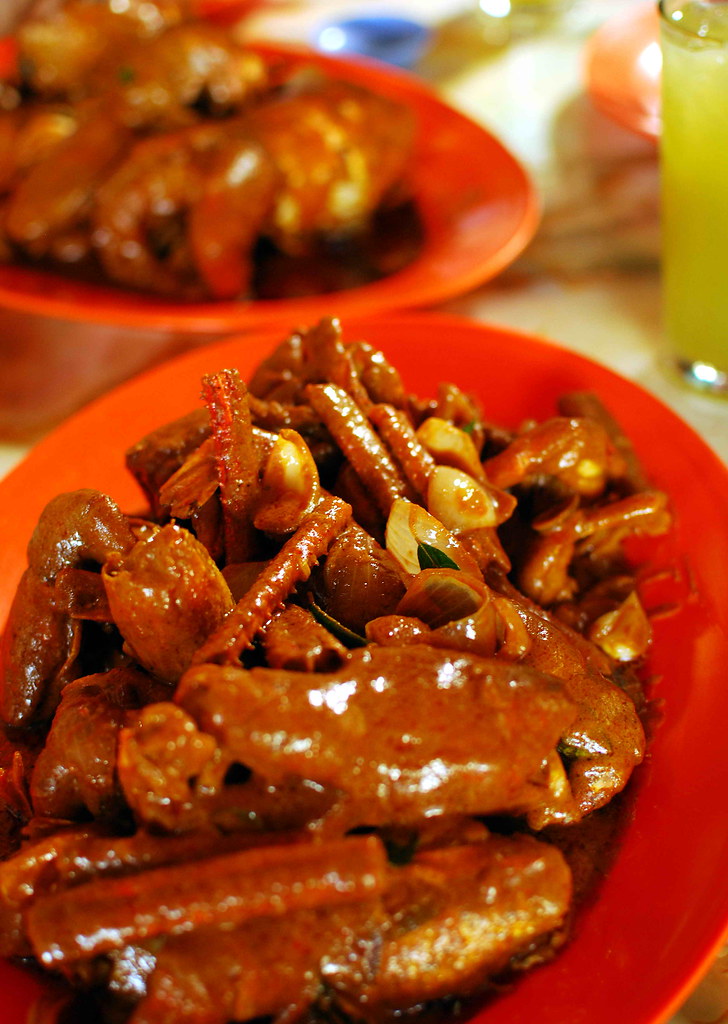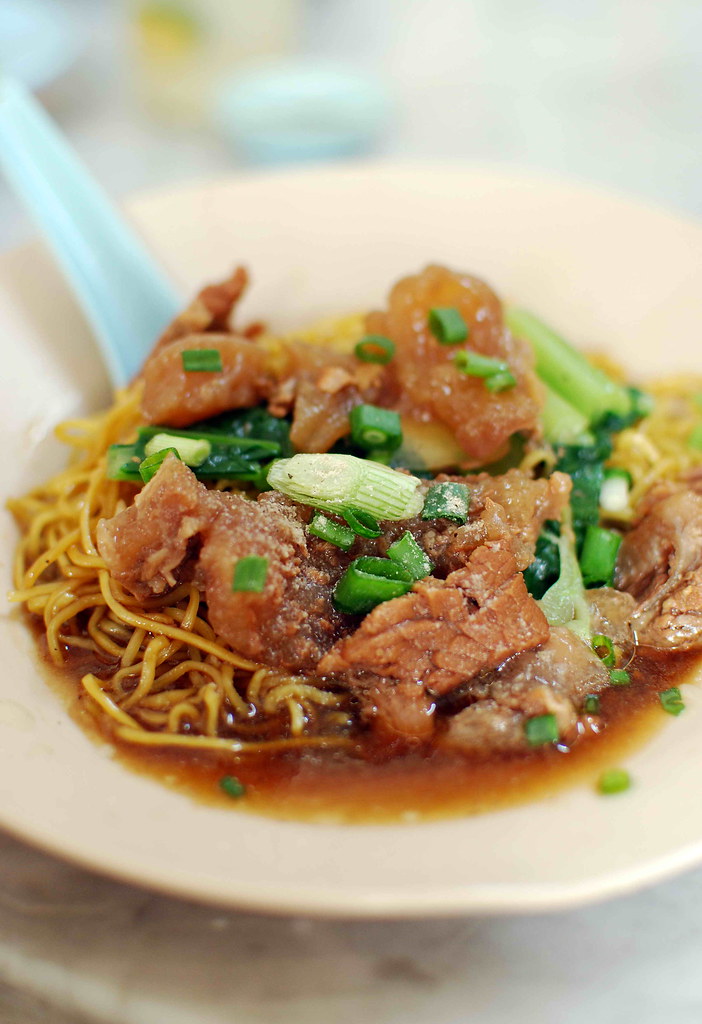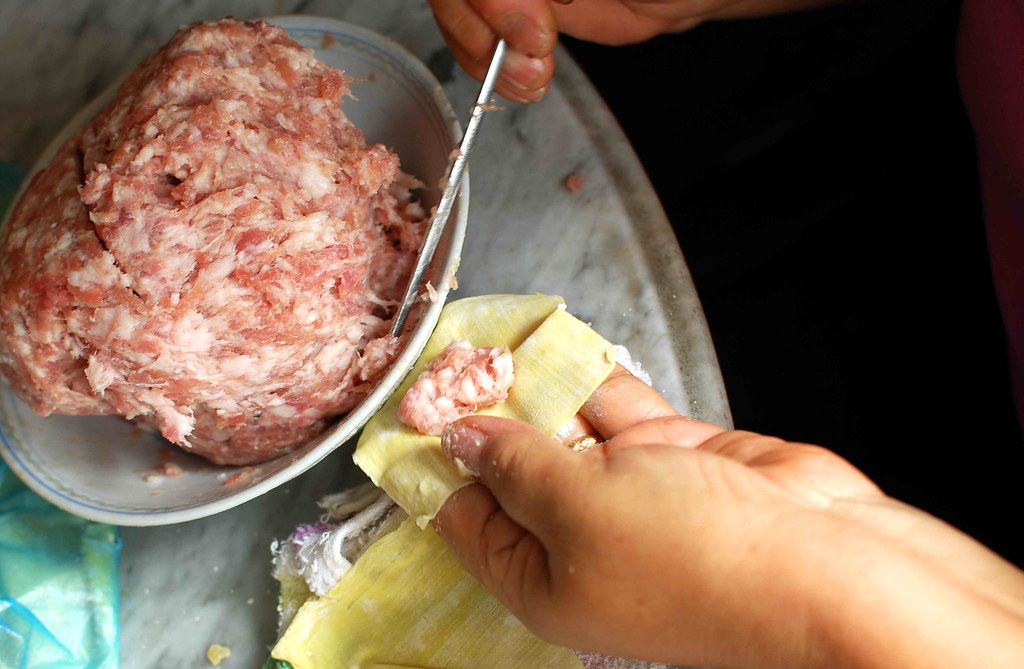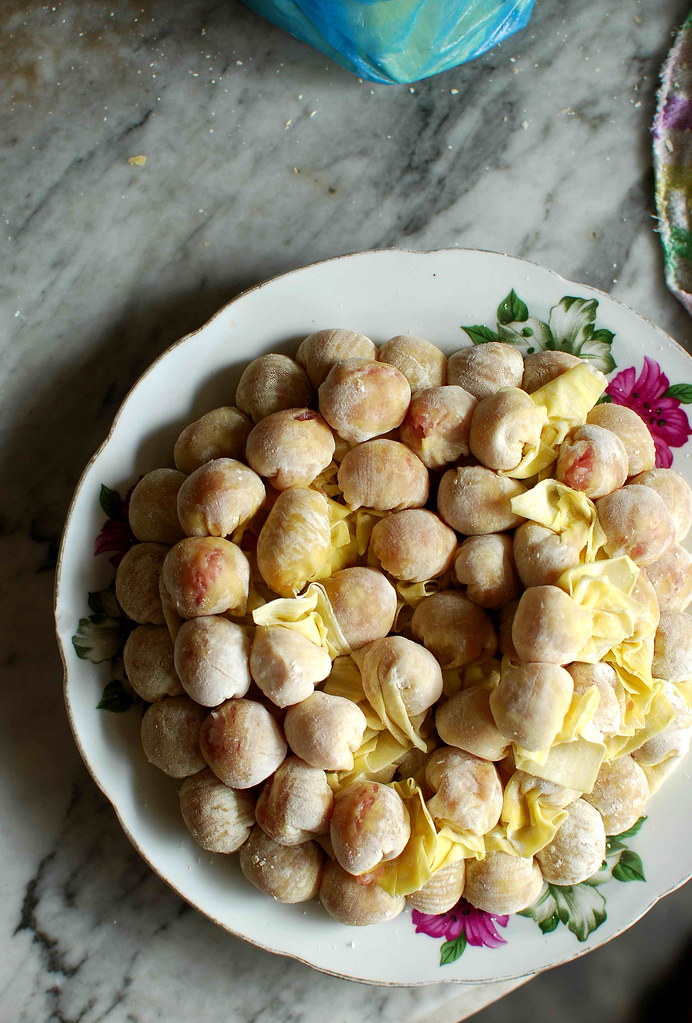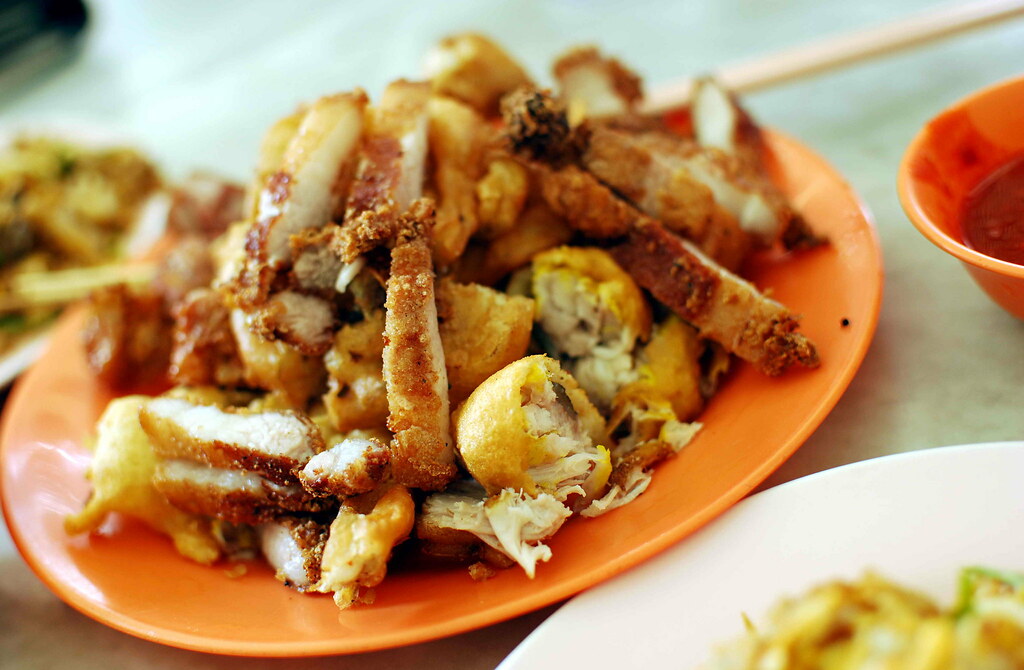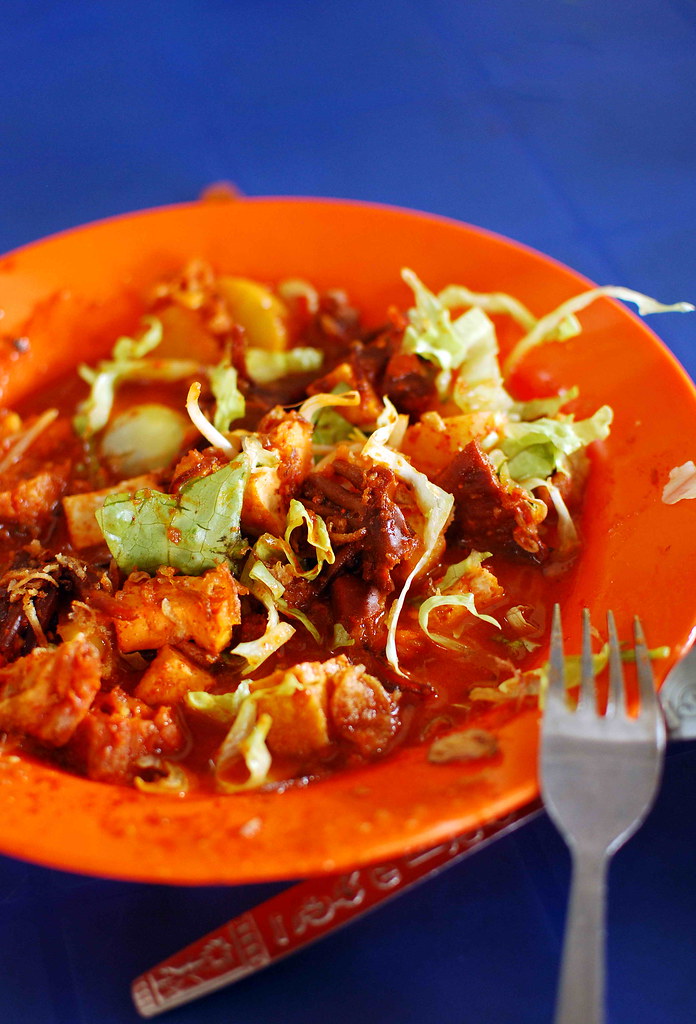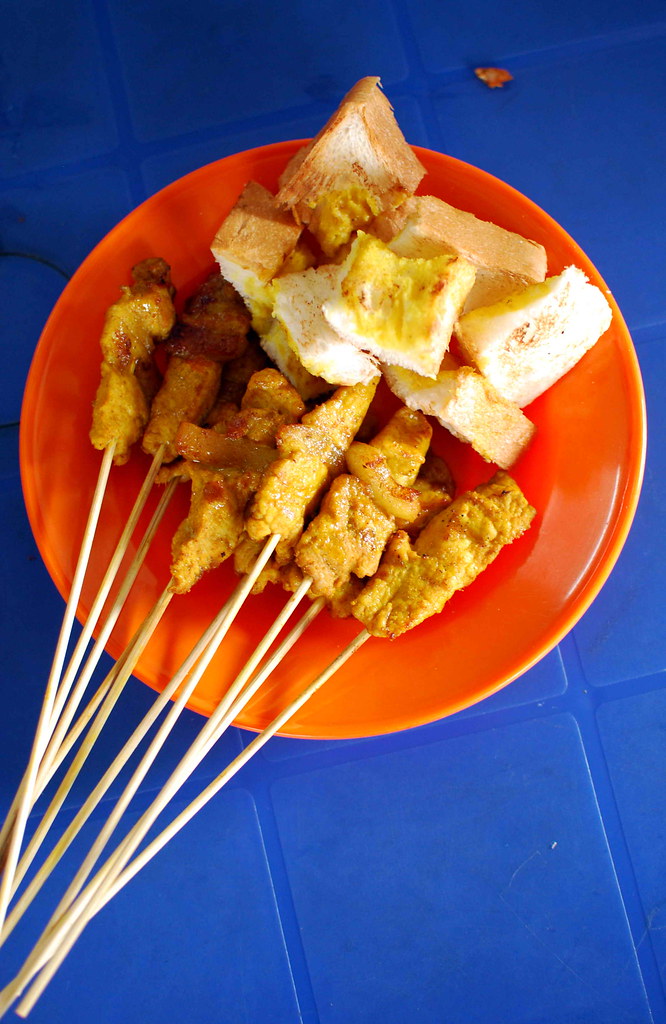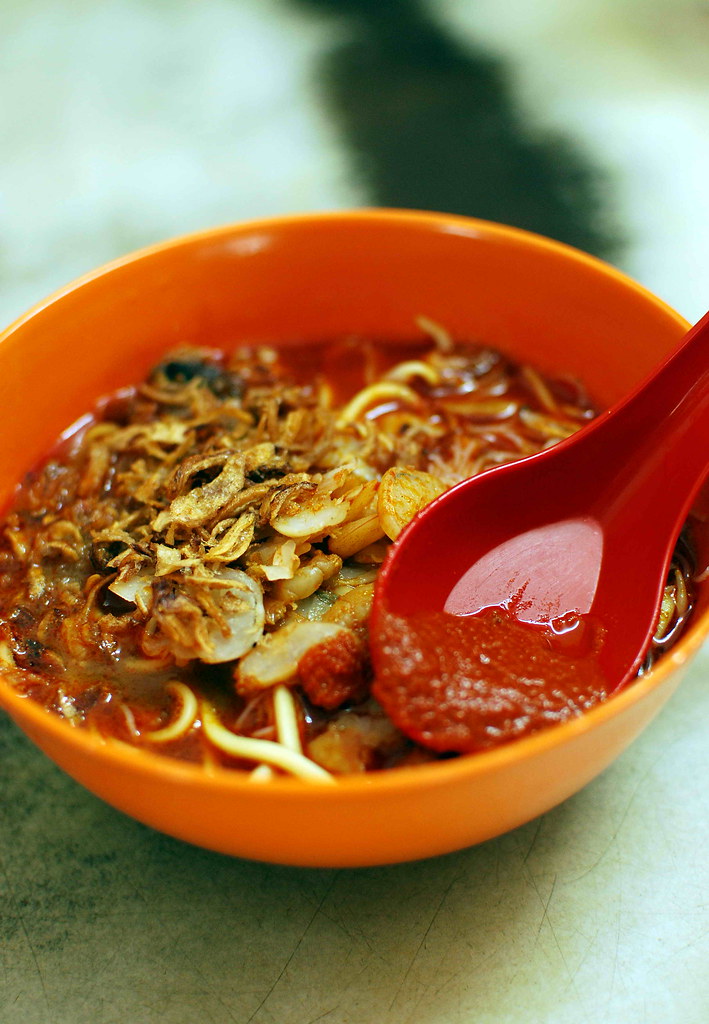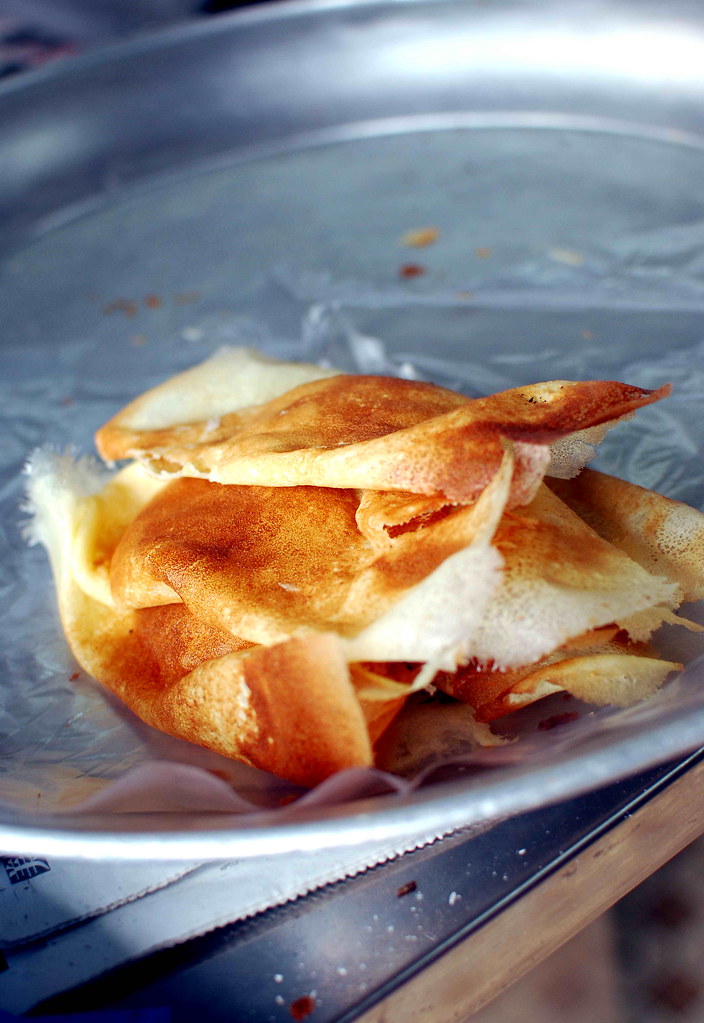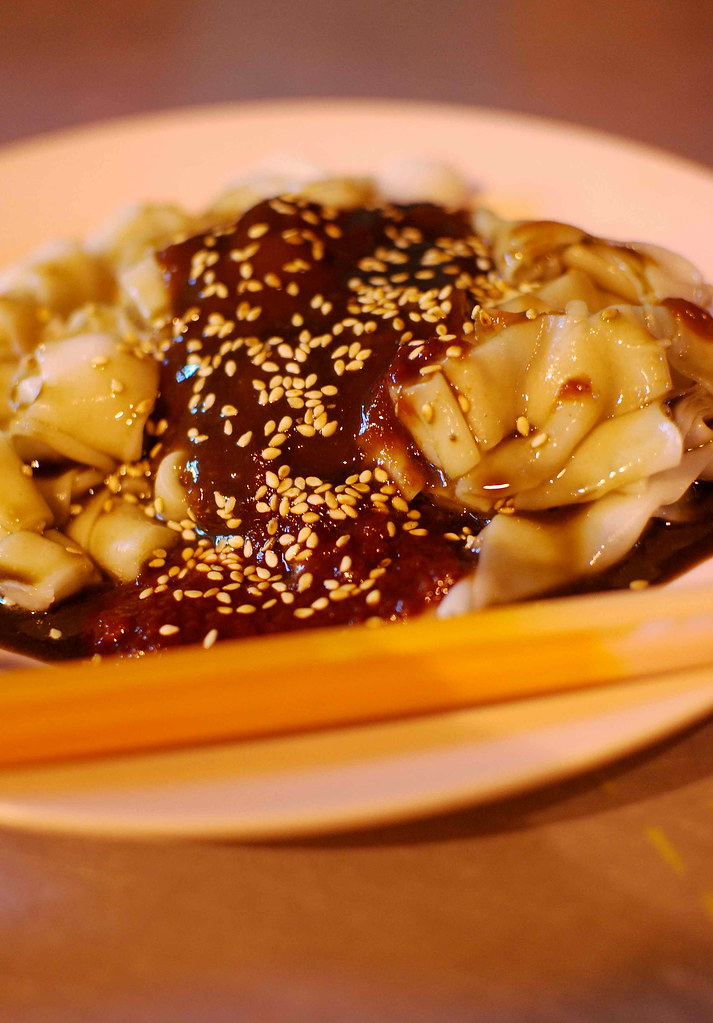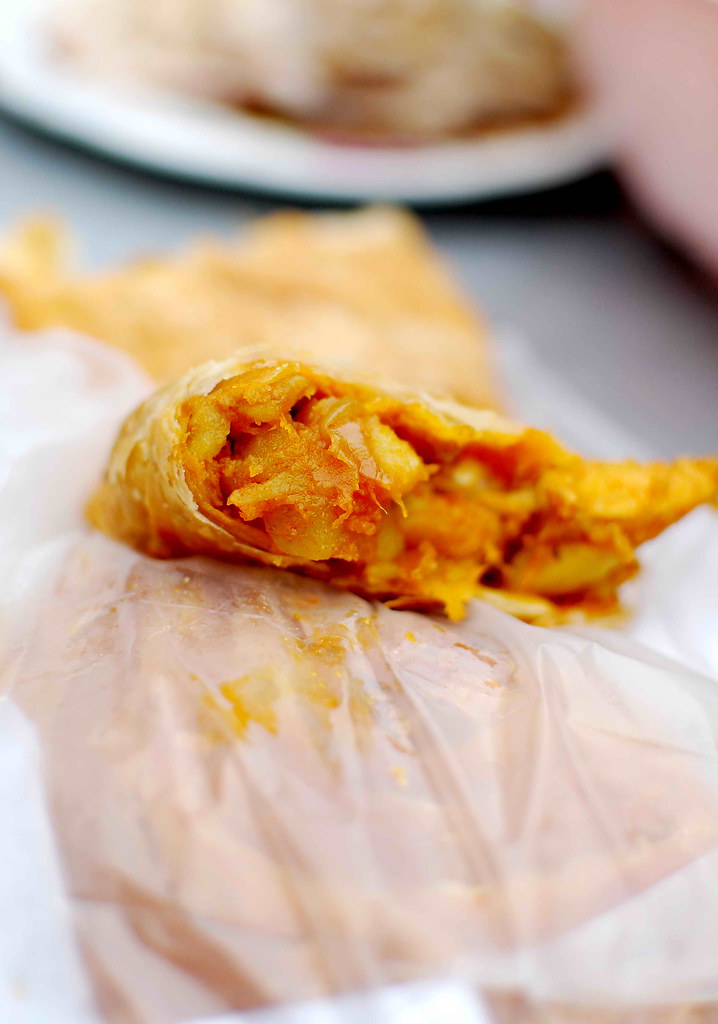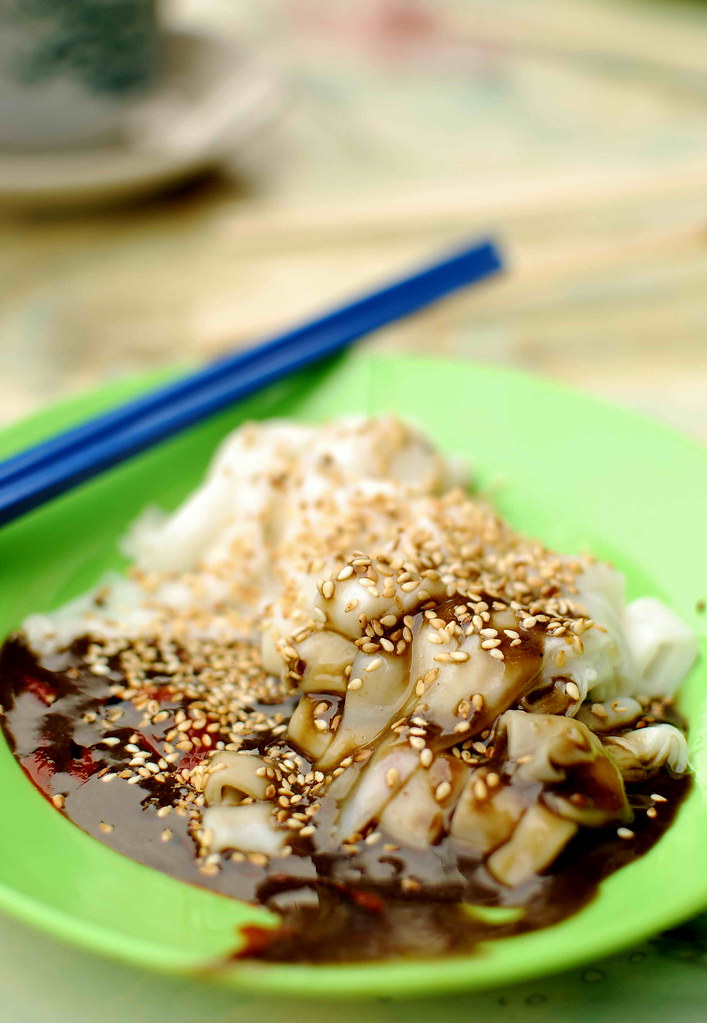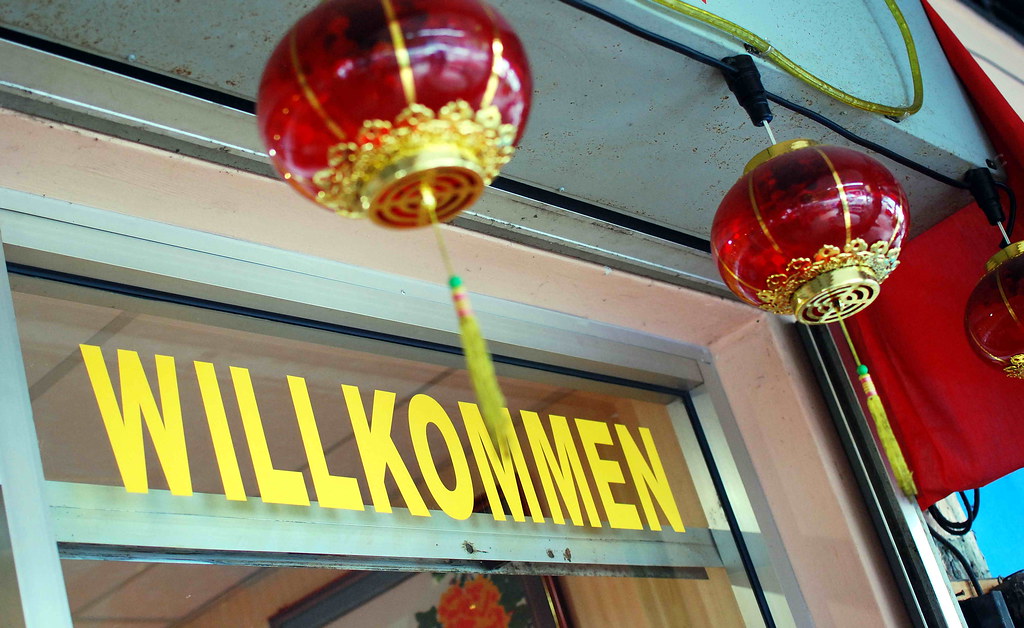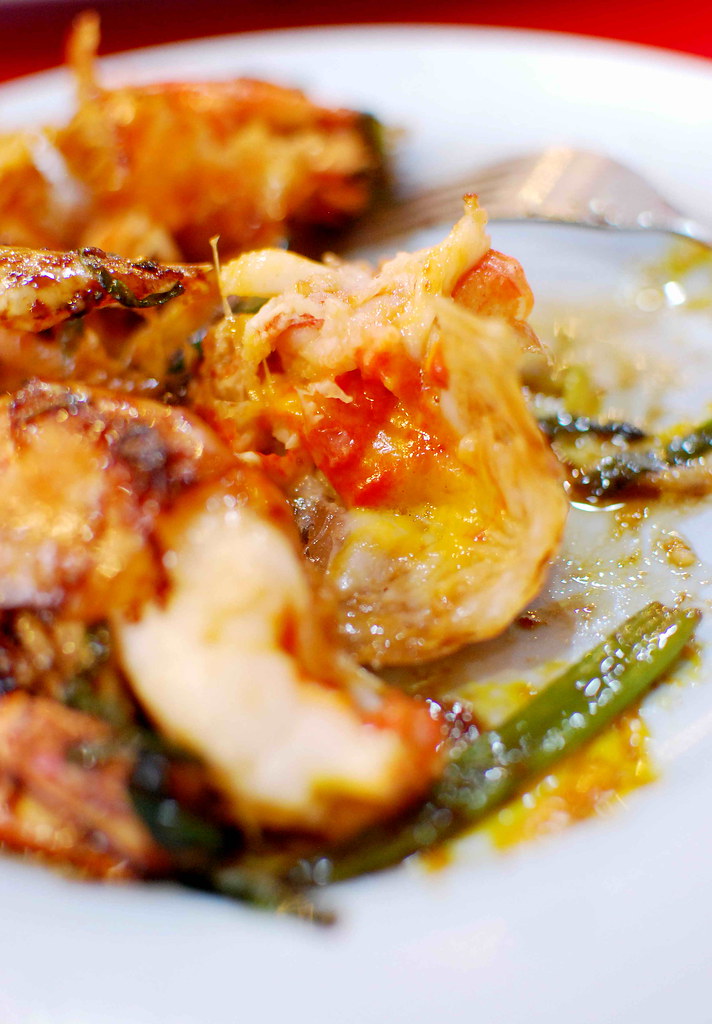November marks the second month of the monsoon season in Borobudur. I knew that before clicking on the "CONTINUE" icon on the budget airline's website in May. What I didn't know was that I'd missed an e-mail notifying us on the change of date of last year's Deepavali celebration. And that the first of a few exams was just weeks away. So, I had to take leave and my examination result, as I was informed recently, was far from desirable. But did I ever regret going to Borobudur? Absolutely not.
The pouring rain greeted us as soon as we stepped out of the Adisucipto International Airport in Yogyakarta. Luckily, the pre-booked car to the Manohara Hotel was already waiting for us. The hotel itself was fantastic. Perfectly located within the compound of the Borobudur Park, it's just 300 metres away from the stunning Borobudur Temple. As we'd discovered later, rain doesn't last long in this part of the world. When we exited the town of Yogya and onto Magelang and Muntilan, the sky was bright again. The journey of approximately 40 km took an hour to reach the entrance to Borobudur. Here, the landscape transformed from dusty towns connected by wide and well-kept roads to lush green paddy fields (the fertile land is a gift from the nearby volcanoes) with endless humps and potholes. Accessorizing the view were historical candis that looked like miniatures of the ancient temple.
When in Borobudur, one must witness the amazing sunrise. That's what I was told. At 4 in the morning, the park was dark and humid. The temple, with just a few spotlights guarding the walls, looked as if it was still asleep from afar. With a group of other enthusiasts, we made our way towards the temple. The guide left us at the gate and basically, it was just us, the temple and our complimentary torchlights from that moment on. The steep stairway leading to the top of the temple (about 120 metres tall) was not a challenge, but to do it in the dark meant that speed was greatly reduced.
According to Buddhist cosmology, the way to go about the temple is by ascending the 9 levels that form a mandala in the clockwise direction. Each level represents a different state, with the highest being the state of attaining nirvana. The figures of Lord Buddha on the top level being isolated by the stupas from the rest of the world speak clearly of this. Most of the statutes have been disfigured by earthquakes, rain and terrorism. The sights of headless, armless Buddhas meditating might not be aesthetically pleasing but I feel that perhaps it's more significant this way - that the perfect peace of the state of mind is one that's free from all forms and desires.
Nearing 5 in the morning, the crowd gathered towards the east. As light began to shine upon the misty land below us, so awoke the figures of the 2 most majestic volcanoes in Central Java; Gunung Merapi and Gunung Merbau. However, the sky still looked gray and I overheard a tour guide telling an old Singaporean couple that it might take a while longer for the sun to rise that day. But he was wrong. The sun did rise at the usual time, but the thick monsoon clouds had hidden its majestic rays from us. What's not told to us was the beautiful sunset. Not as grand but definitely worth the experience, especially with a thinner crowd.
When asked of my trip to the Borobudur temple, I would tell my friends that I felt like I've revisited a chapter in our history textbook. The one with the kingdoms of Srivijaya, Majapahit, Langkasuka and Sailendra. Except that this infamous temple was never part of the syllabus.
It's only at quieter times that one can appreciate what lies beyond the extensive structure and intricate details. The Borobudur temple has an unexplained story to tell. A mysterious one, at that. Was it forsaken due to a change of belief? Or perhaps superstitions had caused the people to abandon the temple? Or was it simply covered by ashes and forests through a series of volcanic activities?
Only they will know.










